The protein market is buzzing with new launches. As the world is not made only of traditional proteins, we bring here 7 alternative proteins that you probably still don’t know about.
Meat consumption is falling worldwide. This is common during economic recessions, but in this case demand is falling in countries where beef is traditionally consumed, such as Brazil. Whether for economic, health or sustainability reasons, the population has been consuming more alternative proteins and this will reshape the food industry.
Even plant-based proteins that are considered sustainable are not equal in terms of their environmental impact. They have different yields and there are cases related to deforestation and global warming.
Come explore the new alternative proteins!
Lemna
The duckweed aquatic plant, also known as lemna, surpasses pea protein in biological value and doubles in mass every 36 hours, making it highly scalable.
US startups Lemnature Aquafarms and Plantible Foods produce ingredients based on lemna and Akua uses it in its Kelp Burger, a burger mixed with seaweed:
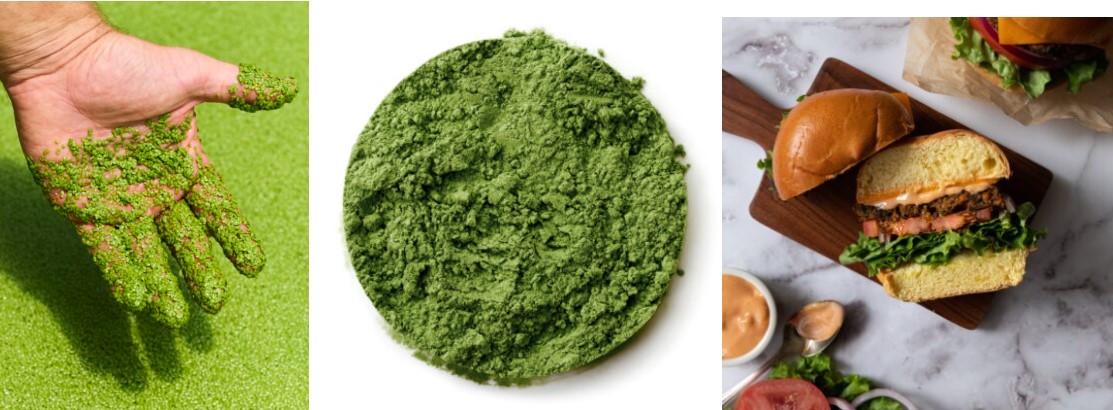
Cabbage and broccoli
UK company Naylor Farms is building a plant to extract protein from cabbage. After 4 years of research with Dutch scientists, they developed a patented “cold pressing” process that extracts protein, fiber and umami syrup.
As they are already cabbage producers, the factory will take full advantage of upcycling the stalks, leaves and trimmings they used to discard. According to the company, 150-200 tons of cabbage can be grown on one hectare of land, compared to just 4 tons of soybeans.
Another British company, Upp, is investing in upcycling with the extraction of protein from the stems and leaves of another brassica, broccoli.
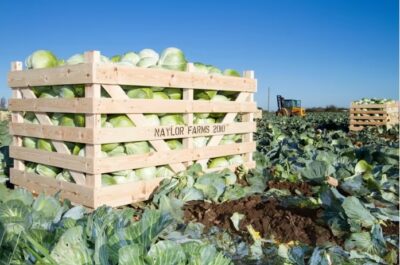
35% of the cabbage harvest is considered waste!
Air
Scientist Lisa Dyson was inspired by research conducted by NASA in the 1960s, which explored ways to feed astronauts on missions to Mars to create a protein made from air. She is the founder of Air Protein, which produces protein using only microbes, water and air. Microorganisms consume carbon dioxide in fermentation tanks and produce proteins that are harvested, dried and transformed into flour, which is the basis for various products.
Startups Solar Foods, Arkeon Biotechnologies and Deep Branch are also in the race for proteins from carbon dioxide in the air. The theme is promising, but it still needs to gain scale.

Air Protein
Canola
You’re already used to canola oil, but what about the protein? Limiting its potential to oil wastes the opportunity to use canola seed protein. Canadian Merit Functional Foods obtains this protein through a patented filtration process that removes impurities and unwanted flavors. DSM is another one to invest in, its protein is upcycled, made from canola bran, a by-product of oil production.
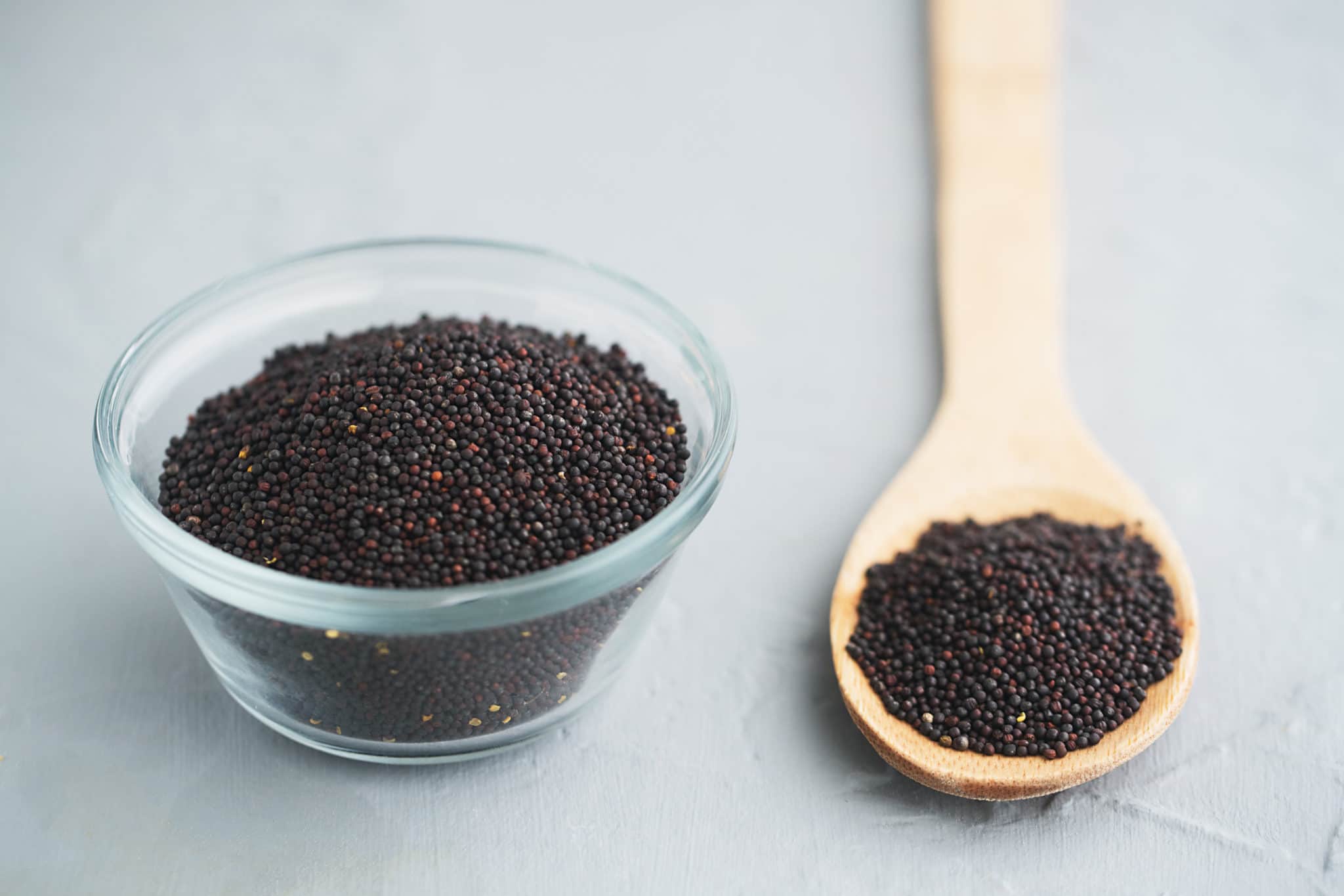
Krill
Krill is a highly nutritious crustacean similar to shrimp. The Norwegian company Aker Biomarine recently launched Invi, hydrolyzed krill protein, after 5 years of research. The result is an omega 3 oil extraction process and subsequent protein production from defatted krill flour.

Krill
Beer waste
Beer production generates waste such as malt and yeast, which are usually thrown away, but both can become raw materials for the food industry (as we love upcycling in beer, there’s more here and here).
French startup Yeasty turns unused yeast into protein. The raw material is processed to remove its bitter taste and become an ingredient for new products. In addition to being a source of amino acids, fibers and vitamins, the ingredient has an affordable price.

Evergrain, an AB Inbev startup, uses another residue, barley malt, to produce protein. The ingredient is not the company’s first upcycling initiative, in 2021 they launched Take Two, a vegetable malt drink.
Sesame waste
Sesame isn’t just for hamburger buns, it’s also great for use in skin care products. Japanese company Seiwa Kasei has developed Sesaqua, an upcycled hydrolyzed protein made from the residue of sesame oil production. It has a moisturizing and whitening effect, hence its use in cosmetics.

Did you know that in the production of oil, half of the sesame seeds are wasted?
What if we could create new proteins?
In 2020, the DeepMind artificial intelligence laboratory created AlphaFold, a tool that, through machine learning, can predict the shapes of proteins in organisms such as bacteria, plants and humans. In 2022 she went on to predict the shapes of every protein known to science.
Proteins consist of hundreds to thousands of amino acids linked in chains, which fold into three-dimensional shapes. Traditionally fit those that already occur in nature. The new tool, ProteinMPNN, will open up a new universe of possible proteins, helping in the development of vaccines, new materials and even foods.
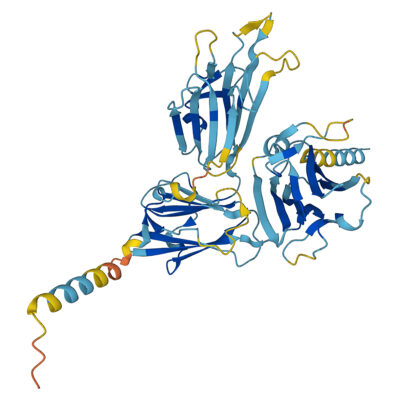
Structure, predicted by AlphaFold, of surface protein of a malaria parasite and could become a vaccine in the future.
If you think we’ve already explored all possible alternative proteins for food, know that there is still a lot of innovation to shake up the planet and its food.
Sources: Nasdaq, Science, Smithsonian Magazine, MIT Technology Review, The Choice, Nutrition Insight, Food Navigator, Food Ingredients First, The Beet, Springwise, Green Queen, Cosmetics Business, European Comission, Beef Point, CNN, Food Hack, Vegconomist, Financial Times

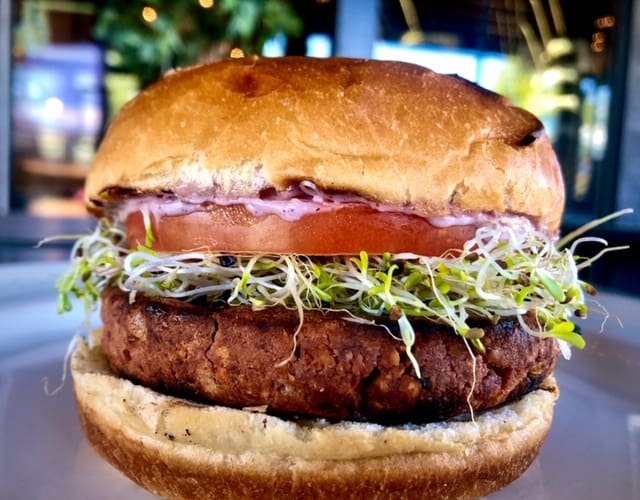

COMMENTS